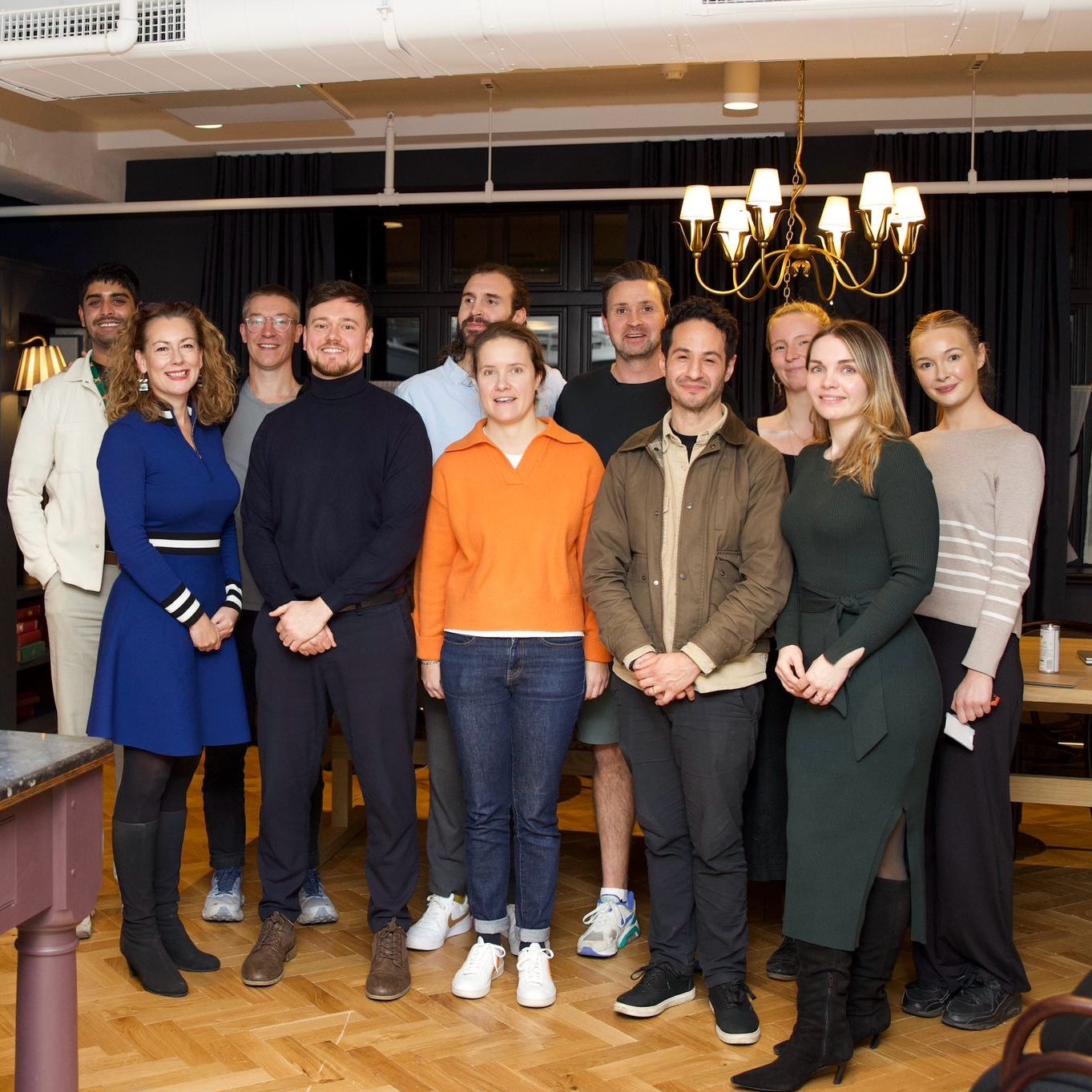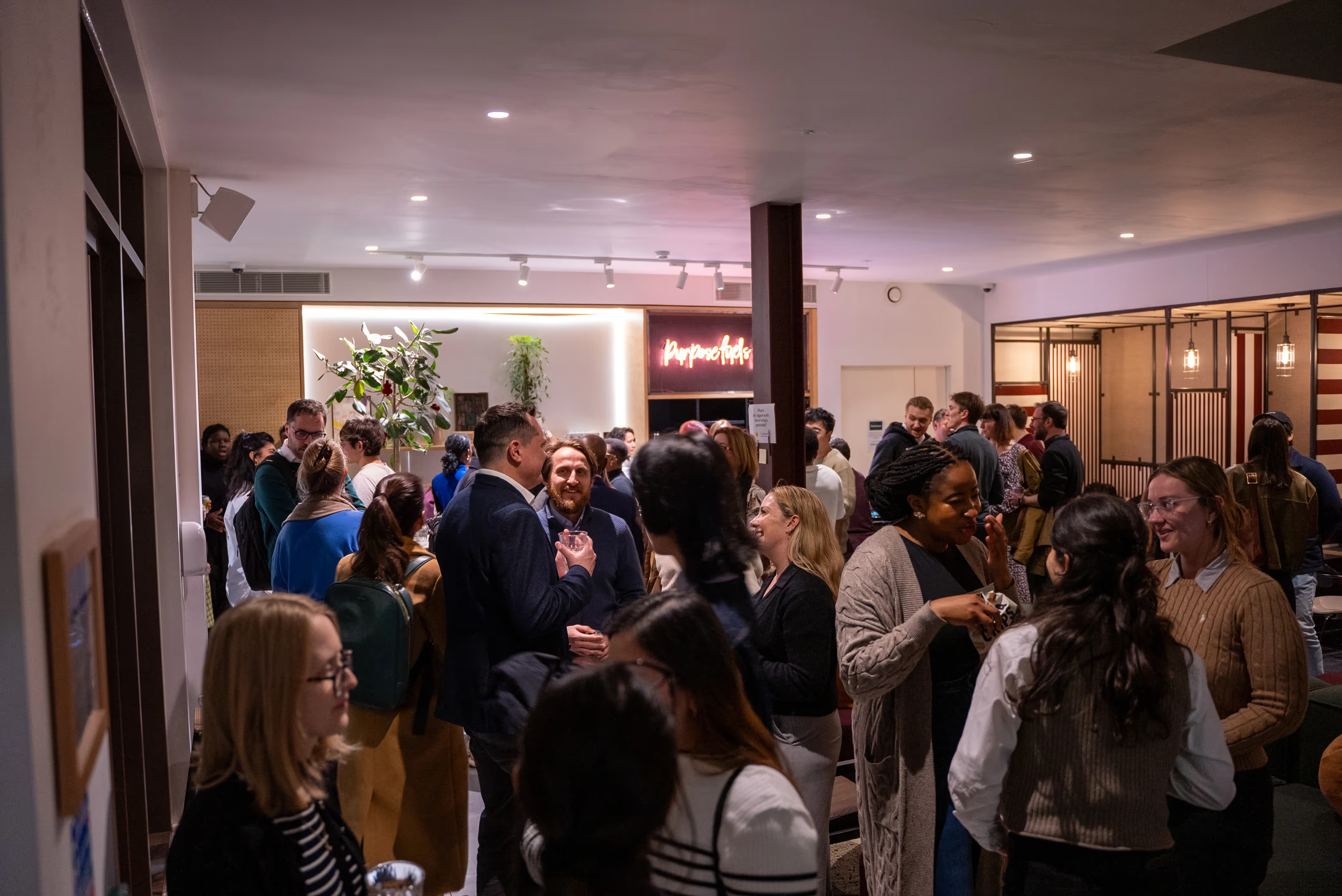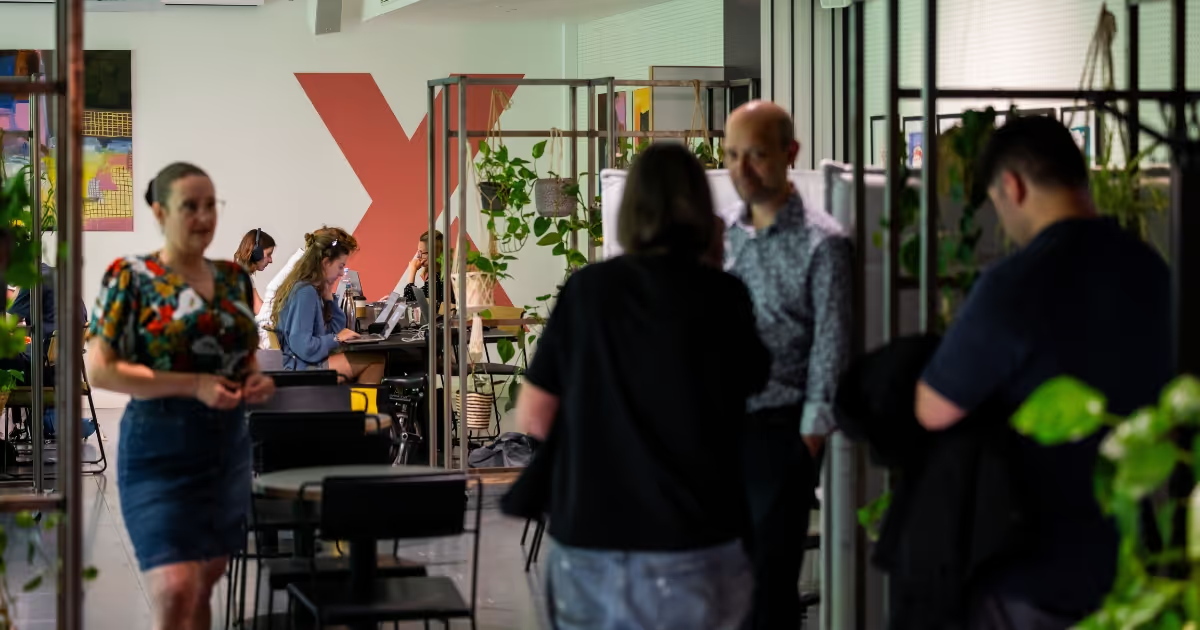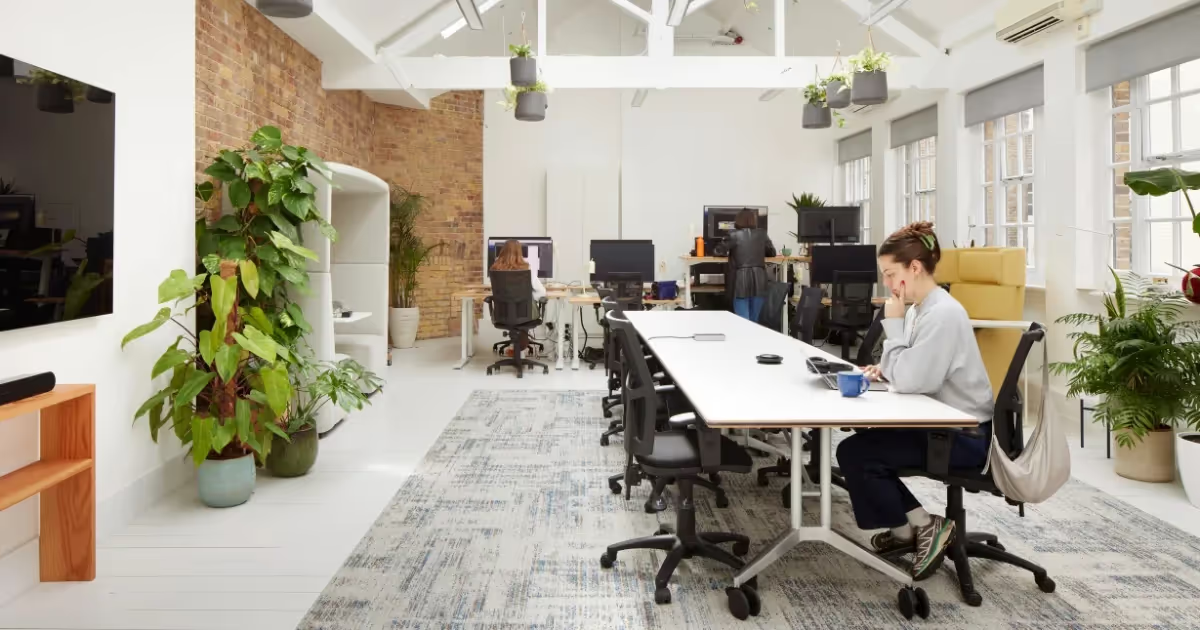Where people live, where they work and what they want out of the office has been changing over the last decade. Diversity, flexibility and customisation are the new value propositions whereas cubicles, privacy and separation were important in the past. We take a look at some of the reasons behind these emerging new trends
Where people live, where they work and what they want out of the office has been changing over the last decade. Diversity, flexibility and customisation are the new value propositions whereas cubicles, privacy and separation were important in the past. We take a look at some of the reasons behind these emerging new trends.
{{divider}}
Although the majority of the workforce have been working from home over the last few months, the office isn’t dead - but it is getting better. A return to ‘the new normal’ means more flexibility, more adaptability, more choice and greater wellbeing for both companies and employees alike. Remote working is likely set to become a permanent way of life - but being confined to the house need not be.
{{divider}}
Working from home provides many societal benefits, including reduced pollution and emissions thanks to a reduction in the rush hour commute, improved future development of areas outside major cities as people retreat back to commuter belts, and a better work-life balance thanks to greater freedoms and autonomy.
{{divider}}
However on an individual level, there are also many benefits to be had from venturing out to a local workspace, including immersion into a passionate community culture, increased social support, better facilities and improved boundaries around work and home life. Popular with freelancers, start-ups and corporate companies alike, co-working spaces are increasingly adapting to have something to offer everyone.
{{divider}}
Some of the more practical reasons for the growth in the hybrid workspace post-pandemic include:
{{divider}}
The Emergence Of New Entrants To The Market
{{divider}}
New types of office providers are beginning to flood the workspace market giving consumers more options to choose from. As such, nontraditional options like co-working communities, business continuity spaces, and managed short-term workspaces are carving space out from under market leaders while establishing new workplace norms.
{{divider}}
The Tipping Point
{{divider}}
The tipping point describes the evolution from niche to mainstream - when a handful of early adopters espouse the benefits through word of mouth and uptake catches on. The ways in which consumers now look for and talk about workspace has undergone a major change.
{{divider}}
Most searches now start online, and search terms that just a few years ago were absent from the vernacular (such as ‘co-working’ or ‘hybrid workspace’) have become commonplace. Providers are continuously growing and expanding their services, both physical and digital, in order to stay ahead of the curve. This ‘arms race’ is already giving rise to new and unusual ways of thinking about how we work.
{{divider}}
New User Avatars
{{divider}}
Users of modern workspaces are also changing, as self-employment, startups and the portfolio career become a larger part of the jobs landscape. With new client types comes a new set of needs, and companies both large and small are finding ways to accommodate a diverse, and in some cases disconnected, workforce through hybrid models and novel set-ups.
{{divider}}
A New Economic Landscape
{{divider}}
The rise of the knowledge economy and the increasing prominence of the creative has changed expectations in both traditional and modern workplaces. As the line between work-style and lifestyle blurs, workspace providers are finding an increasing need to make space for both. This has the added benefit of improving employee wellbeing through holistic lifestyle changes. Which in turn improves company productivity and longer-term gains.
{{divider}}
The On-Demand Economy
{{divider}}
This has given rise to the increased expectation to be able to work freely, any time and anywhere. Users are now challenging workspace providers to produce increasingly innovative solutions and customised space to accommodate these needs. As new players enter the market, consumers have little cause to settle for anything less than a space exactly fitted to their needs. As long as flexibility and choice continue to grow as workplace priorities, we can expect to see those values shape the spaces in which we work.
{{divider}}
One of the main benefits of flexible working is it's ability to offer the best of all worlds. This means delivering value to all stakeholders - employees, businesses and customers alike. The hybrid workspace is increasingly popular because it does exactly that.
{{divider}}
Combining the traditional office with the flexi-space of the future, this model is the perfect stepping stone for businesses looking to diversify without starting from scratch. Most often, the hybrid office consists of a central Head Quarters, with multiple satellite offices, and remote working practices.
{{divider}}
A central HQ is typically a traditional office with a long-term lease arrangement. This serves as a focal point for important meetings and correspondence. Employees then have the option to use local workspaces and other satellite offices, for day-to-day workspace needs.
{{divider}}
This perfectly integrates with the move towards flexible working hours and policies. Giving people the choice to shift their environment depending on their demands. As we head into a more remote world, such practices ensure that businesses stay innovative and adaptable, without compromising on integrity.
{{divider}}
Getting teams back into offices is a requirement for the UK’s morale and economic recovery, and the most successful businesses of the new age are those that are effectively finding an equilibrium between the old and the new, balancing home and office life.
{{divider}}
Flexible workspaces offer businesses the ability to be nimbler as they recover from the financial strains of the pandemic - an adaptability that’s no longer just a ‘nice to have’, but which is now essential for survival. As we emerge from the other side of the impact of COVID-19, the office most certainly isn’t dead, but the office as we know it is.
{{divider}}





.png)
.avif)


.avif)


.avif)
.avif)



